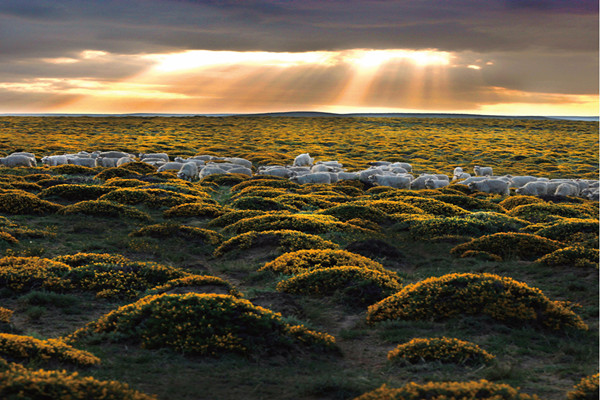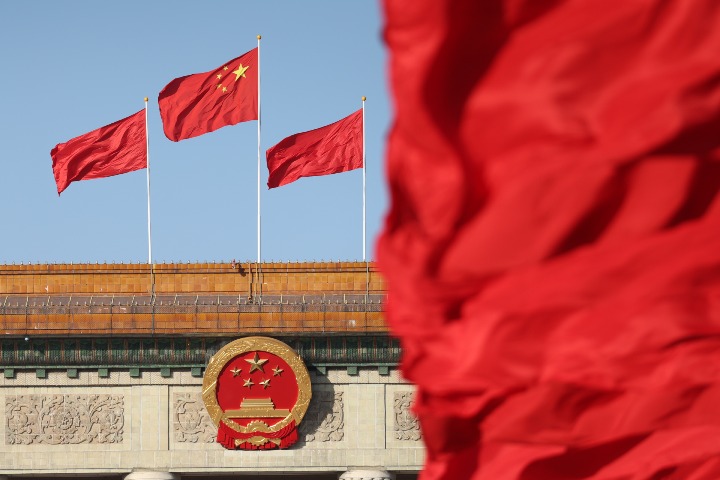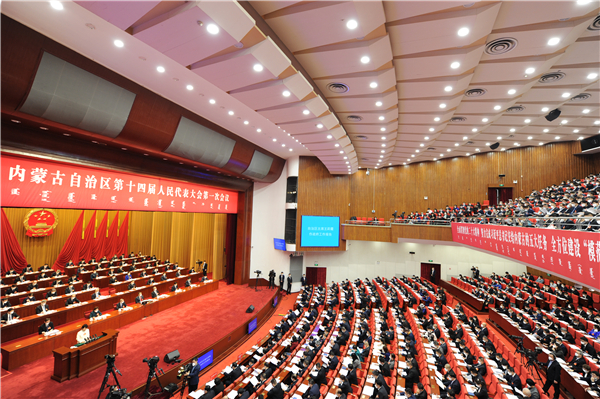Ordos
Nestled by the Yellow River, Ordos shines like a bright pearl. Nurtured by the river and wisdom of the locals, the city radiates with a long and splendid city history filled with story after story, each chapter an exciting testament to its unique development.
Geography
Sitting in the southwest of the Inner Mongolia autonomous region and surrounded by the Yellow River on three sides, it is close to the Great Wall, with Shanxi, Shaanxi provinces and Ningxia Hui autonomous region in the south. "Ordos" literally translates to "numerous palaces" in Mongolian language. With two national natural conservation areas, the whole city covers an area of 87,000 square kilometers, featuring hilly regions to the east, plain and plateau land to the west, Maowusu desert to the south, and Kubuqi desert and plain terrain to the north. Summer temperatures average 21 C, and winters see a drop to -6.6 C. Annual precipitation settles at 341 millimeters, and Ordos generally enjoys superior weather conditions throughout the year.

Abundant resources
Ordos benefits from an abundance of resources, with more than 50 kinds of minerals. Local confirmed coal reserves stand at 201.7 billion tons, accounting for one sixth of total reserves across the country and half of all in Inner Mongolia. Gross coal reserves are estimated to be around 1 trillion tons. Local coal is of great quality, with low ash, sulfur and phosphorous content and higher calorific power. Proven natural gas reserves stand at 801.7 billion cubic meters, accounting for one third of nationwide reserves. One third of China's Alpine pure-white cashmere, known as fiber gem and soft gold, comes from Ordos. Kaolin, trona, salt, Glauber's salt, gypsum, limestone, purple clay and other resources are all in huge reserves in Ordos. The cultivated land area stands at 6.85 million mu (0.47 million hectares), including 4.5 million mu of irrigated land. Grassland covers an area of 100.69 million mu, of which 90 million mu can be utilized.

Economy
The GDP of Ordos city in North China's Inner Mongolia autonomous region reached 353.37 billion yuan ($53.02 billion) in 2020.
Although it's a year-on-year decrease of 2.9 percent after deducting price factors, it still ranks first among all the cities and leagues across the autonomous region.
Data from Ordos' statistics bureau shows that the primary industry's added value was 13.57 billion yuan, a year-on-year increase of 3.1 percent.
The added value of the secondary industry was 200.55 billion yuan, down 6.0 percent year-on-year.
The added value of the tertiary industry was 139.25 billion yuan, a year-on-year increase of 1.3 percent.
The three industrial structures were adjusted from 3.5:58.0:38.5 in 2019 to 3.8:56.8:39.4 in 2020.
In 2020, the city's general public budget revenue was 46.49 billion yuan – a year-on-year decrease of 7.2 percent, ranking first in Inner Mongolia.
Among them, tax revenue was 35.03 billion yuan, and non-tax revenue was 11.46 billion yuan.
The city’s general public budget expenditure in 2020 was 66.37 billion yuan, rising 5.7 percent year-on-year. Among them, the livelihood expenditure of the public was 32.94 billion yuan, accounting for 49.6 percent of the total.
In 2020, 22,614 new jobs were provided to residents, and 299,000 people received unemployment insurance, a year-on-year increase of 9.5 percent.
Meanwhile, the income of Ordos’ residents increased steadily.
The per capita disposable income of urban residents was 50,306 yuan, ranking second in Inner Mongolia and increasing 1.1 percent year-on-year.
The per capita disposable income of rural residents in pastoral areas was 21,576 yuan, ranking third in Inner Mongolia and rising 7.5 percent year-on-year.



 Print
Print Mail
Mail





